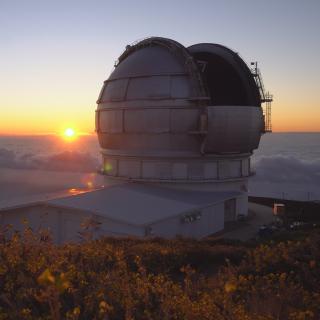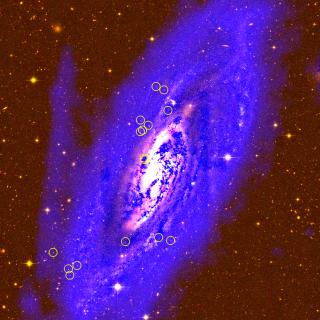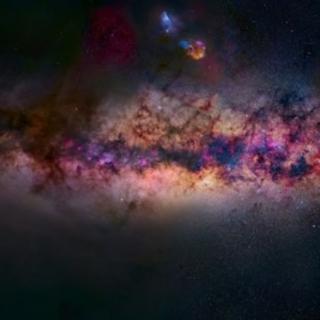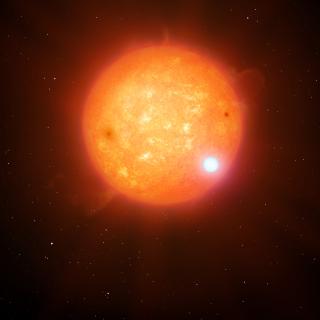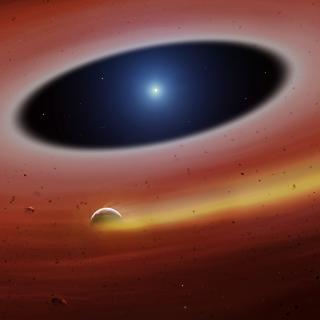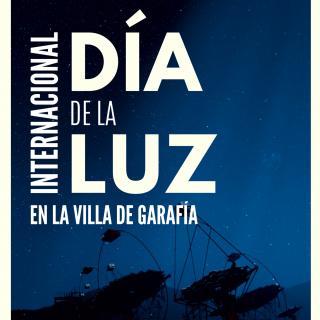
A visit to the Roque de los Muchachos Observatory with the students of the Santo Domingo secondary school, and a public lecture about the new generation of cherenkov telescopes which will study the most energetic phenomena in the universe from this municipality in La Palma, are among the activities to be carried out on May 16th.
Advertised on
